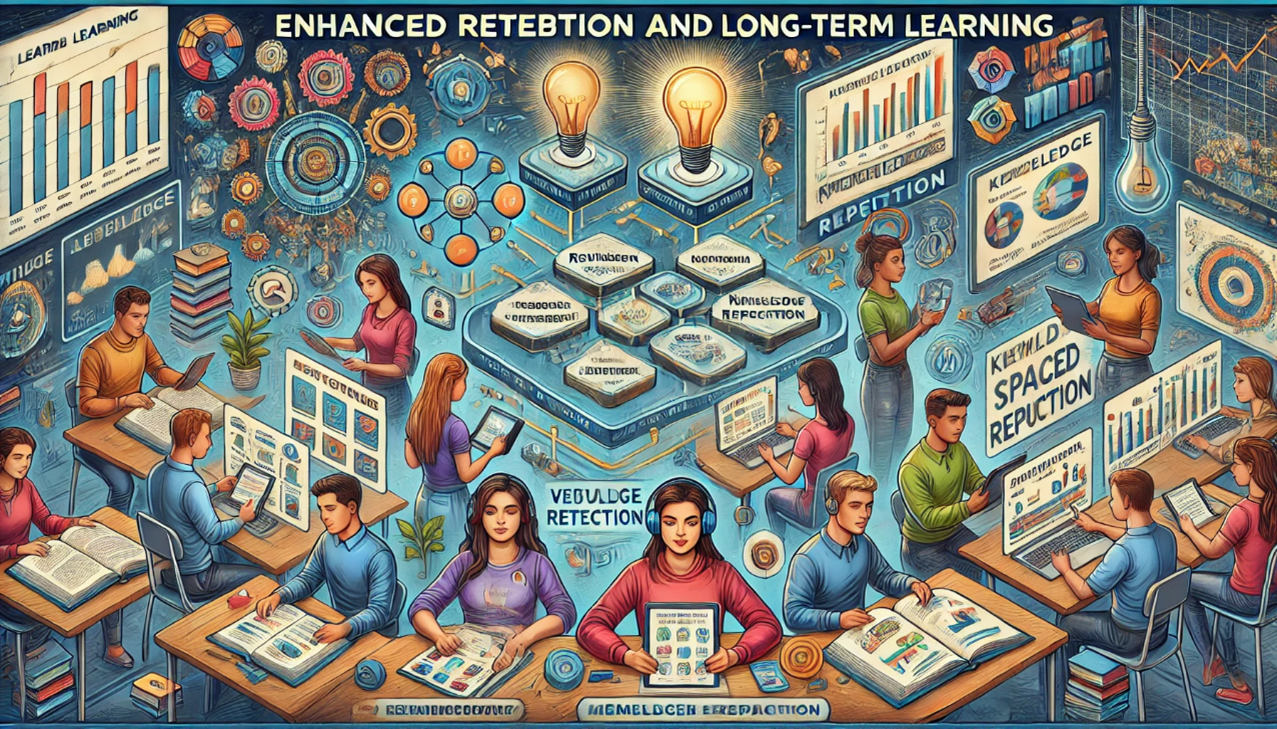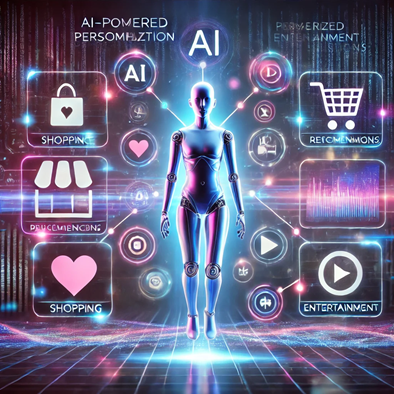How can AI optimize nutrition and fitness plans based on genetic and lifestyle data?

How can AI optimize nutrition and fitness plans based on genetic and lifestyle data?
by Nathaniel 11:09am Jan 25, 2025
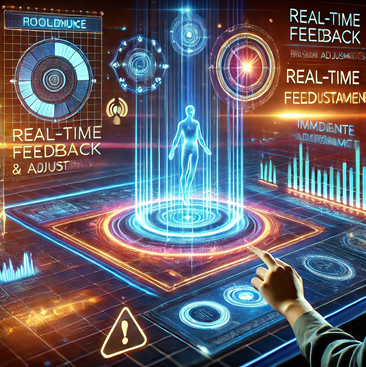
How can AI optimize nutrition and fitness plans based on genetic and lifestyle data?
To optimize nutrition and fitness plans based on genetic and lifestyle data, AI utilizes advanced data processing techniques to personalize recommendations. The process involves extracting actionable insights from genetic data (such as genetic predispositions), lifestyle data (like activity levels, sleep patterns, and diet), and ongoing feedback to provide tailored fitness and nutrition advice. Below is a more detailed breakdown of how AI achieves this:
1. Genetic Data Analysis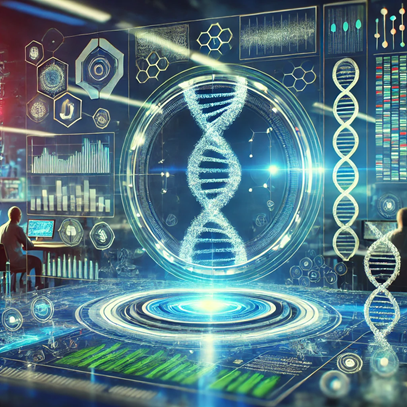
Genetic data provides valuable information about how an individual’s body is likely to respond to different diets, exercises, and environmental factors. AI systems can analyze this data to understand genetic predispositions and tailor recommendations. Here are some key genetic factors AI can use:
Metabolic Rate and Macronutrient Sensitivity:
AI can identify how a person’s body metabolizes different macronutrients carbohydrates, fats, and proteins. For instance, some people are genetically predisposed to metabolize carbohydrates more efficiently than fats, while others might burn fat more easily. With this information, AI can suggest a personalized macronutrient balance (e.g., high-protein, low-carb) to optimize fat loss or muscle gain.
If an individual has a genetic tendency to process fats or sugars inefficiently, AI might recommend a diet lower in these elements to avoid insulin resistance or obesity.
Muscle Growth and Fat Loss:
Certain genes influence muscle fiber composition, determining how well an individual can build muscle and burn fat. For example, people with a higher percentage of slow-twitch muscle fibers might excel in endurance activities, while those with more fast-twitch fibers may gain muscle mass more easily. AI can adjust workout recommendations, focusing on strength training for individuals with a higher proportion of fast-twitch fibers or endurance exercises for those with slow-twitch fibers.
AI can recommend exercises like resistance training, HIIT, or endurance workouts based on muscle fiber composition and genetic potential for fat loss or muscle growth.
Nutrient Absorption and Deficiencies:
Genetic factors influence how well an individual absorbs and metabolizes certain vitamins and minerals. For example,people with certain genetic variations may have difficulty absorbing vitamin D or may require higher amounts of B12. AI can use this data to recommend supplements or foods rich in these nutrients.
Similarly, genetic markers related to iron absorption (such as HFE genes) can guide recommendations to include iron-rich foods in diets, or if a person is predisposed to a deficiency, AI could suggest iron supplements.
Food Sensitivities and Intolerances:
Genetic tests can identify predispositions to food sensitivities or intolerances (e.g., lactose intolerance, gluten sensitivity, or sensitivity to certain FODMAPs). AI can help optimize meal plans by excluding problematic foods, suggesting alternatives, and ensuring the diet remains nutritionally balanced.
2. Lifestyle Data Integration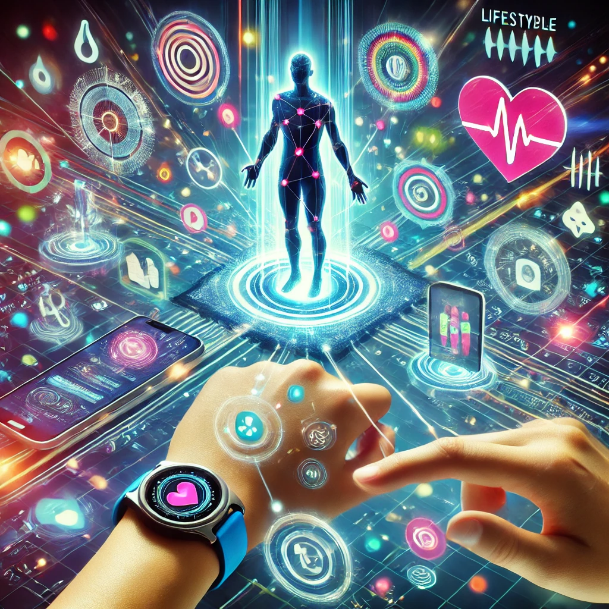
Lifestyle factors play a huge role in determining the most effective nutrition and fitness strategies. AI can gather data from various sources, including wearable fitness trackers, food diaries, activity logs, and sleep patterns, to offer personalized insights. Here are some ways AI integrates lifestyle data:
Physical Activity & Exercise Routine:
Activity Levels:AI uses activity tracking devices (like Fitbit or Apple Watch) to measure daily movement, exercise intensity, and duration. Based on this data, it can determine whether a person is sedentary, moderately active, or highly active and adjust fitness recommendations accordingly.
Exercise Program Customization: For a person focused on building muscle, AI might recommend strength training workouts with progressive overload. For someone aiming for weight loss, AI could suggest HIIT or circuit training to maximize calorie burn. It can also recommend specific exercises based on genetic tendencies (e.g., endurance vs. strength).
Recovery Needs:By tracking exercise intensity, AI can detect signs of overtraining or insufficient recovery. It might suggest rest days, light stretching, or active recovery sessions to optimize long-term progress.
Sleep and Recovery:
Sleep is critical for fitness and recovery. AI can use sleep data from devices like smartwatches or apps that monitor sleep cycles (e.g., deep sleep, REM sleep) to adjust fitness recommendations.If the data shows poor sleep quality or insufficient rest, AI might suggest adjustments to the workout schedule (e.g., reduced intensity) or emphasize the importance of improving sleep hygiene.
AI can track circadian rhythms (individual variations in sleep/wake cycles) to recommend the best times for exercise or meals, optimizing the body’s natural energy flow and improving performance.
Stress and Hormonal Balance:
High stress can hinder both fitness progress and nutritional adherence. AI can analyze stress data collected from wearables (heart rate variability, cortisol levels) and suggest stress-reduction techniques like yoga, meditation, or mindful eating.
Hormonal factors (such as insulin sensitivity or thyroid function) significantly affect weight loss, muscle gain, and energy levels. AI can integrate data from lifestyle factors (like menstrual cycles for women) and recommend nutrition and exercise protocols that align with hormonal changes (e.g., adjusting workouts during high-energy phases and optimizing diet during lower-energy phases).
3. Continuous Monitoring & Adaptation
AI's ability to adjust and adapt recommendations based on real-time data is one of its most powerful features. Here’s how continuous adaptation works:
Dynamic Fitness Plans: As AI tracks a person’s progress (through metrics such as body weight, muscle mass, or endurance), it can modify exercise routines to avoid plateaus. If someone’s progress stalls in a muscle-gaining phase, AI might suggest increasing intensity, changing exercises, or switching up the rep/set structure.
Adaptive Nutrition:AI can monitor changes in body composition (via metrics like body fat percentage or muscle mass) and adjust calorie intake, macronutrient ratios, or meal timing to align with ongoing goals. For example, if an individual’s weight loss progress slows down, AI may suggest reducing caloric intake slightly or adjusting macronutrient ratios for better fat burning.
4. Predictive Analytics and Long-Term Health Optimization
AI systems can predict future health outcomes by analyzing trends in genetic and lifestyle data, as well as user behavior. This predictive capability enables the following:
Risk Reduction: AI can identify patterns that suggest a higher risk of certain health conditions, such as cardiovascular disease, diabetes, or obesity, based on genetic predispositions and lifestyle factors. For example, if an individual has a genetic predisposition to high cholesterol and sedentary behavior, AI might recommend dietary changes (e.g., increasing omega-3 fatty acids) and a regular cardio regimen to mitigate the risk of heart disease.
Goal Achievement Forecasting: AI can predict how likely someone is to achieve their fitness goals based on historical progress and behavior. For instance, if the AI sees that a person’s progress has been slow despite efforts, it can suggest more drastic changes or more personalized advice to help them succeed.
5. Real-Time Feedback and Adjustments
AI-powered apps or wearables can provide instant feedback during workouts and meals. For example:
During Exercise:AI can use data from sensors (e.g., motion tracking) to monitor exercise form and suggest improvements in real-time, ensuring exercises are performed correctly and efficiently.
During Meals:AI can track caloric intake, portion sizes, and food choices through integration with food tracking apps or smart kitchen devices. It can provide instant feedback to encourage healthier choices, suggest better food pairings, or track micronutrient intake.
Conclusion
AI can optimize nutrition and fitness plans by integrating genetic data with lifestyle information to create truly personalized strategies. By continuously learning from the user’s progress and adjusting plans based on real-time data, AI ensures that recommendations are not only effective but adaptable. Whether through predictive analytics, personalized workout routines, tailored meal plans, or real-time feedback, AI offers a holistic approach to achieving long-term fitness and wellness goals.





